Fort “Emperor Alexander I”.
The fort was built in 1838 - 1845 according to the project of engineer-colonel Carbonier and Moris Dastrem. Like other forts of the Kronstadt naval fortress it was created on an artificial island. The builders hammered more than 5500 12-meter-long piles into the sea bed to reinforce the ground. They then covered the piles with a layer of sand, a layer of concrete blocks, and a layer of granite slabs. The brickwork of the fort received granite face-work. The fort was ceremonially opened in 1845. Emperor Nicholas 1 decided to name it “Emperor Alexander” after his brother, the Russian Emperor Alexander I.
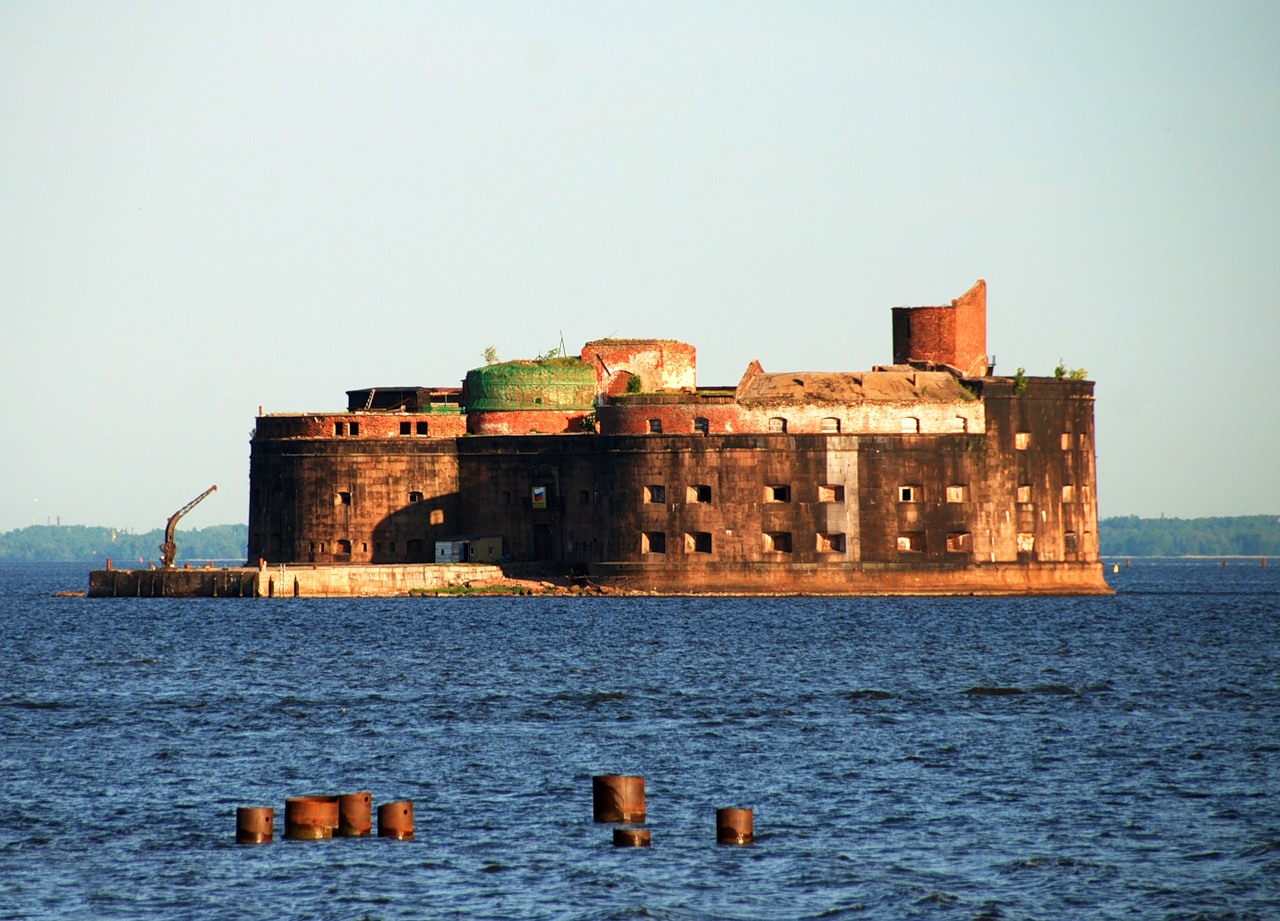
The fort has size 90x60 meters. It was the first multistoried fortification in the Russian Empire armed with 103 cannons. In addition 34 guns could be adjusted on the roof, so the fort provided an perimeter defense.
In fact fort Alexander never participated in war actions, but it impressed so much the commanders of allied fleet during the Crimean war. But powerful bastions Kronstadt forts cool the ardor of admiral Nepier. He was extremely cocky when he said in 1854 that his fleet would have a breakfast in Kronstadt and have a lunch in St. Petersburg. We can assume, he lunched and dined with a good appetite, but at a distance of shot. A mine weapons was successfully used first time in World during the Crimean war. The main water-way was mining between two forts – Emperor Alexander and Risbank (Paul 1). Several ships of united Anglo-French fleet were damaged.
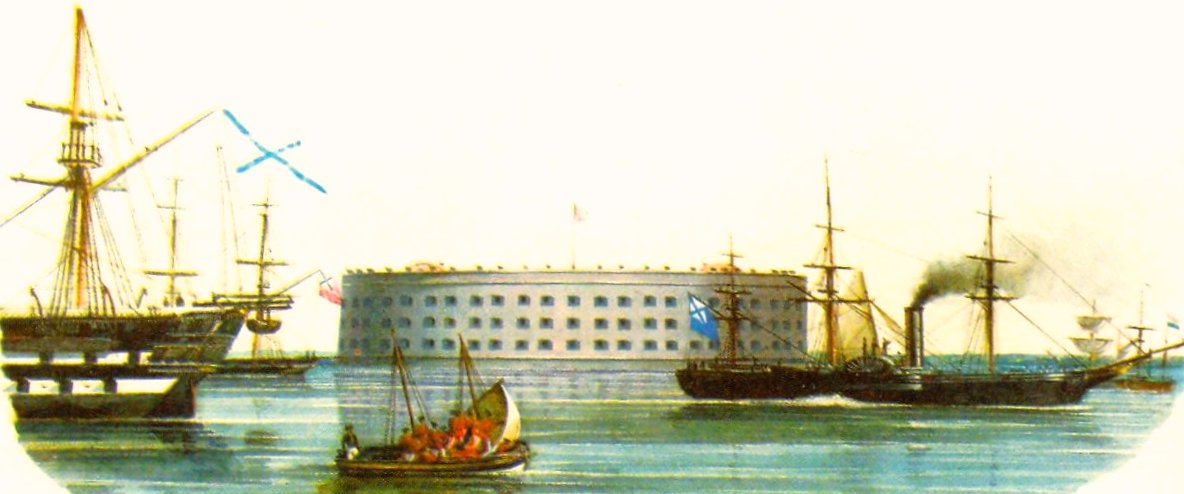
In 1860th the fort has lost it's military value because of development the rifle artillery, instead of smooth-bore guns. It was used as a warehouse of mines and ammunition and was expelled from the list of fortifications of Kronstadt in 1896.
However the fort became empty not for long time. In 1894 the pathogenic organism of plague was open by scientist A.Jersen and the Special Commission for prevention of plague and struggle against it (KOMOCHUM) was founded in Russia. Fort Alexander was converted into the laboratory. That’s why the fort is also known as the Plague fort.
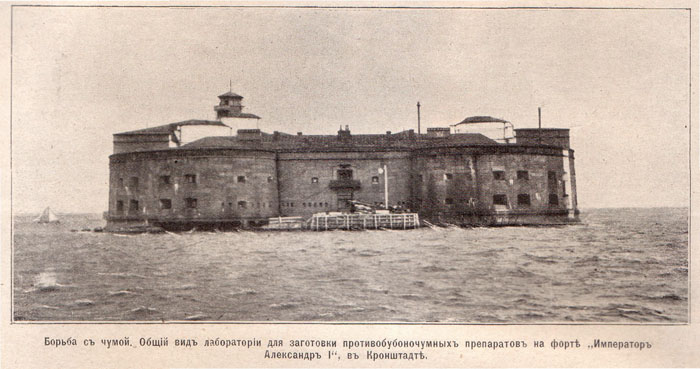
The laboratory was equipped very well. The fort was divided into two parts - for the living and for working. Instead of stone casemates, rooms for scientists with the parquet floors, a library, conference room were built.
It was here doctors investigated the plague pathogen and created a vaccine. This was the third in the world anti-plague laboratory. The vaccine was produced from the lymph of animals: horses, camels and so on.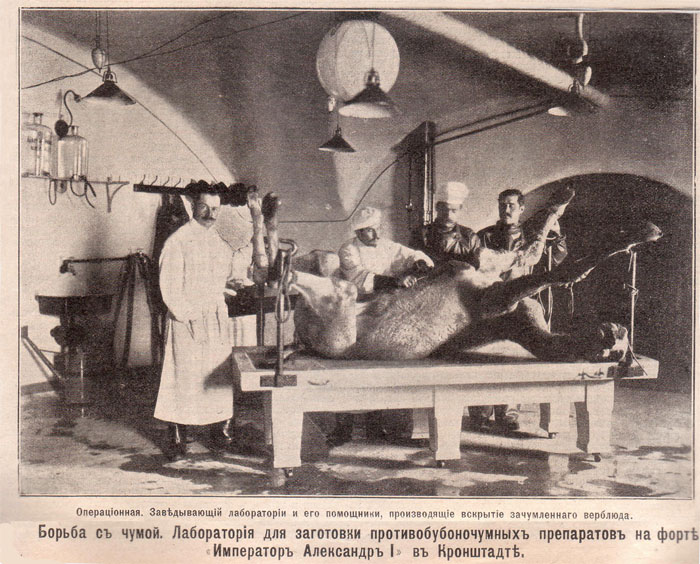
The work in laboratory was extremely dangerous. Despite of the strict protective measures there were two outbreaks of epidemic of plague with human victims - in 1904 and 1907. The director of laboratory D-r Turchaninov-Vyzhnikevich was one of the victims of that outbreaks. His body were burnt right in there in cremation furnaces on the fort.
In 1917 the laboratory was closed, all equipments were removed. The fort was fallen into military’s hands again.
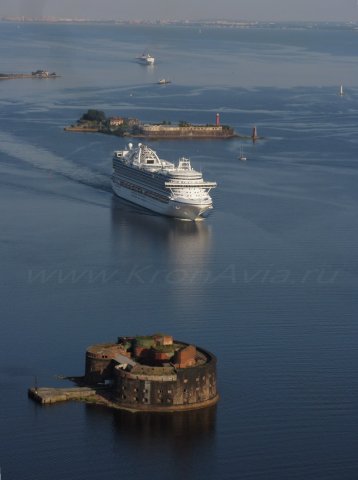
However, by the end of the 20th century fort became neglected. After the WWII Khruschev decided to close the most part of forts. Over 50 years, many forts are been destroyed by time and fort Alexander too. There were organize Open-air festivals.
Now you can visit the fort Alexander during your tour to Kronstadt. In winter it is easy to do this tour after going 700 meters on the ice of the Finnish Gulf, but in the summer we need a ship.





